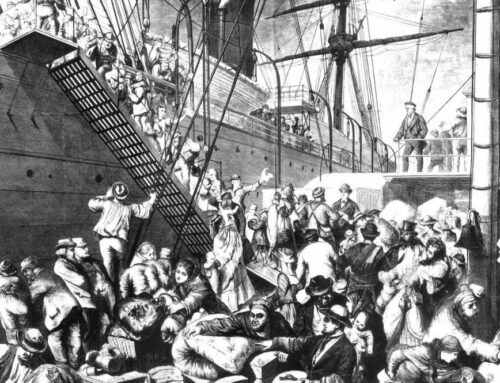
Courtesy New Haven Independent
Update:
As the dig continued, a Yale University anthropologist and state death investigator discovered facial bones from two people, reports the New Haven Independent, which broke the story Tuesday. On Wednesday, the sleuths, joined by a state archaeologist, found a “hand-wrought iron coffin nail from the 18th century,” suggesting burial in the 1700s.
Assistant Police Chief Archie Generoso said, after consulting with the scientists, the bones likely date from the late 1700s, the Independent says, pointing to a theory that the bones were of victims of a smallpox epidemic between 1775-82.
A centuries-old skeleton was unearthed when a 100-year-old oak tree on the Upper Green in New Haven, Connecticut, was felled by Superstorm Sandy. The local paper is playing it as a Halloween/spooky thing, but all I can think of are genealogists who would love to know if this is an ancestor. The skeleton, entwined in the tree’s massive root system, is believed to be from the late 17th or early 18th century.
The original burial ground for New Haven residents for the first 150 years of the settlement, the Upper Green served many purposes. Burials there were discontinued by 1821 when the headstones were moved to the Grove Street Cemetery. Between 5,000 to 10,000 bodies remained and additional soil was added to level the Green. According to Wikipedia, those believed to still be resting in the Upper Green include Benedict Arnold’s first wife, Reverend James Pierpont (founder of Yale University), members of President Rutherford B. Hayes’ family, and Theophilus Eaton, one of the founders of New Haven and the church and governor of the New Haven Colony for 19 years.



